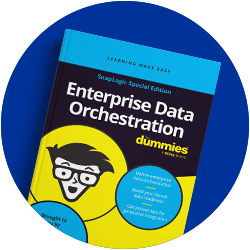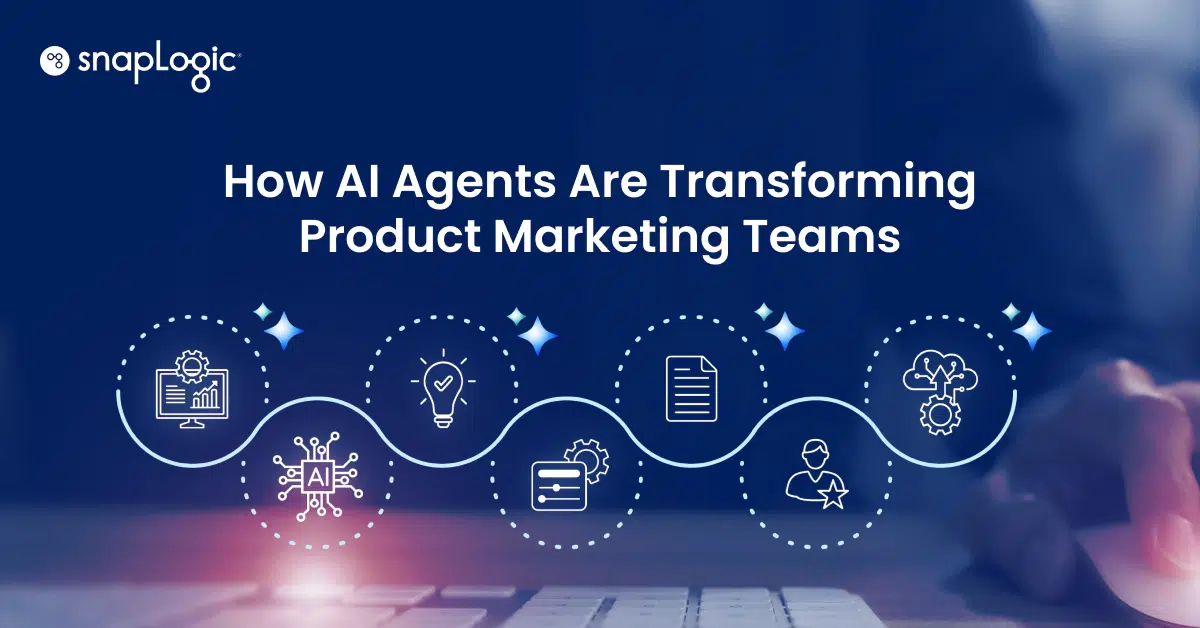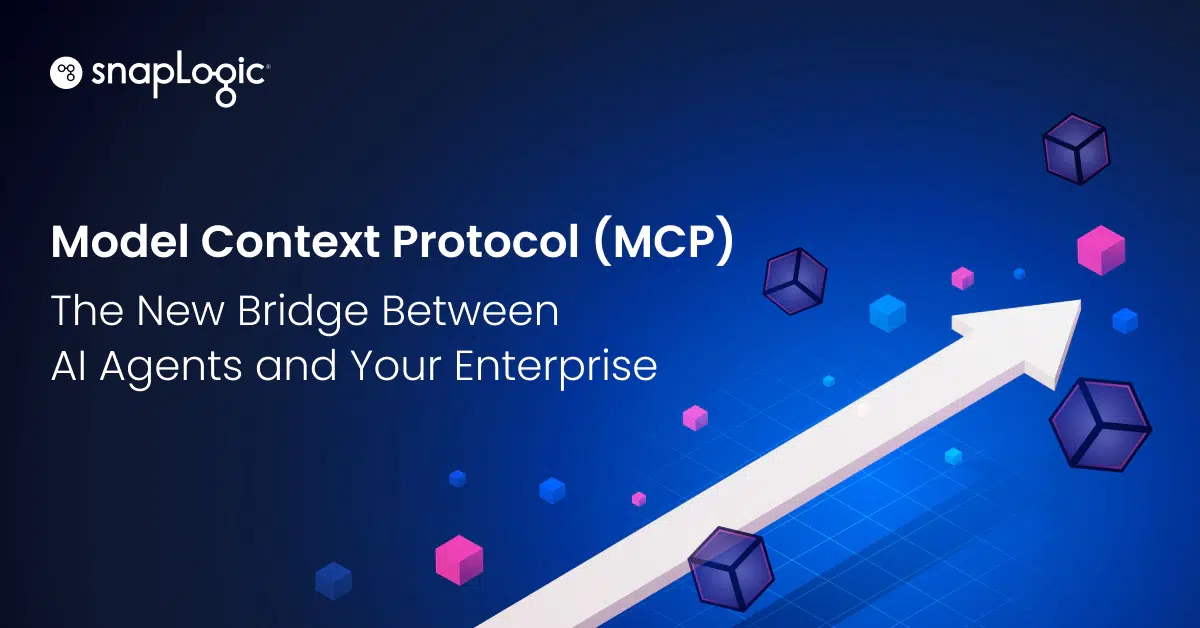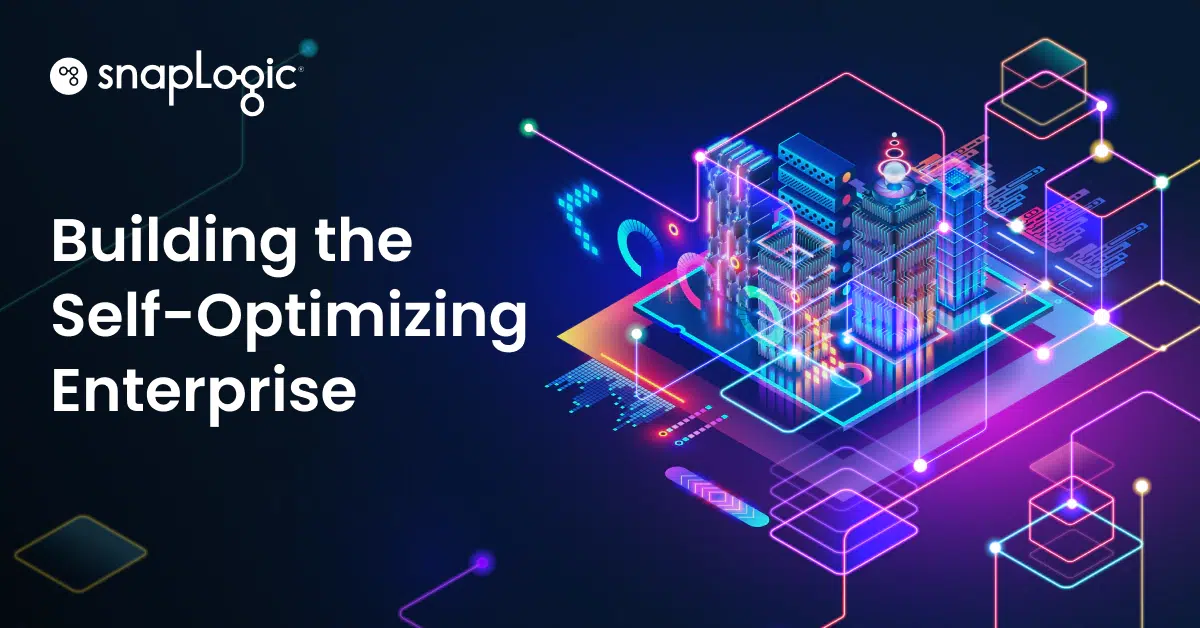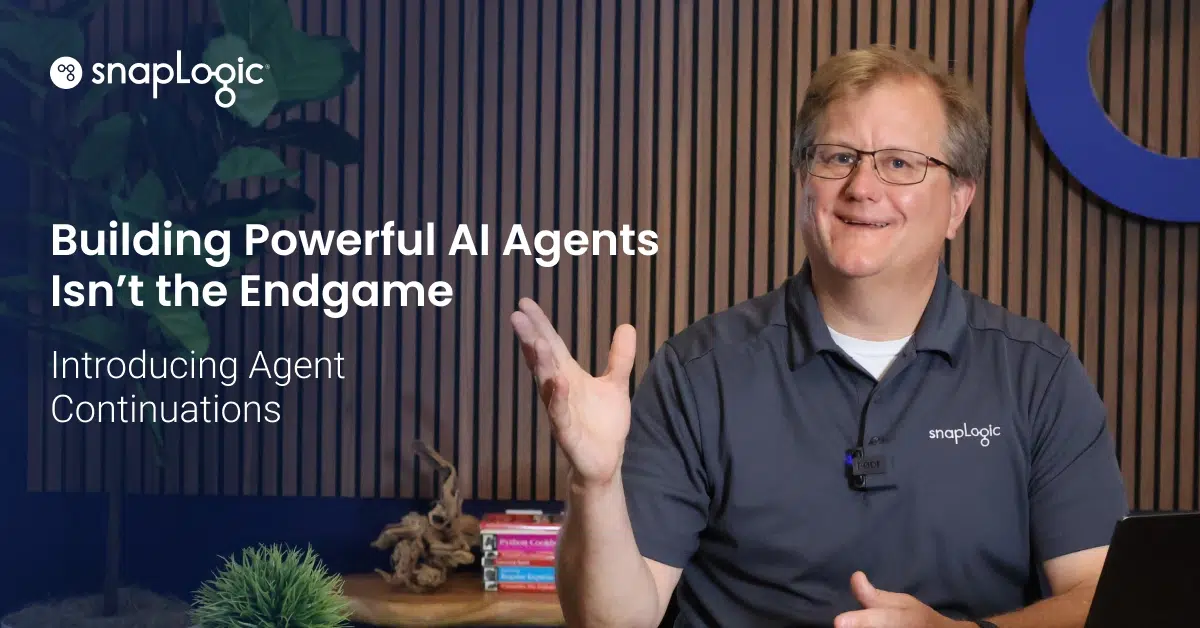Dall'introduzione del ChatGPT, l'AI ha iniziato a rimodellare ogni funzione aziendale. Il marketing dei prodotti non fa eccezione.
Ma se gran parte dell'attenzione si è concentrata sull'automatizzazione dei compiti - generazione di contenuti, ricerche sulla concorrenza, sintesi delle campagne - la vera opportunità si trova un passo più in là: la costruzione di un'organizzazione di marketing di prodotto agenziale.
Non è solo una nuova parola d'ordine. È un nuovo modello operativo.
Scalare il team con gli agenti
Pochi ruoli si destreggiano con più input o indossano più cappelli del marketing di prodotto. Ci troviamo all'incrocio tra prodotto, vendite, marketing, ingegneria e relazioni con gli analisti. Questo ci rende sia ad alto impatto che ad alto tasso di burnout. In un'organizzazione agenziale, gli agenti di intelligenza artificiale diventano veri e propri partner ed estensioni del team. Gli agenti possono specializzarsi in determinati compiti, aiutando gli esperti a fare ancora di più. È questa la direzione che sta prendendo il marketing di prodotto. E i team che lo capiranno per primi otterranno una leva esponenziale.
Mappatura del processo di marketing del prodotto
Abbiamo iniziato applicando le tecniche di reingegnerizzazione dei processi aziendali, verificando il mix di attività e l'allocazione del tempo. Poi abbiamo intervistato i principali stakeholder interfunzionali - marketing, vendite, prodotto - per identificare le lacune nel consumo di contenuti e le esigenze non soddisfatte. Abbiamo utilizzato questo feedback per costruire una roadmap con priorità in base al valore e all'impegno aziendale.
Lo stack agenziale per i PMM
Poi abbiamo lavorato con il nostro Centro di eccellenza sull'intelligenza artificiale (CoE), istituito di recente, per costruire le basi della nostra trasformazione. I tre pilastri di questo cambiamento sono:
- LLM + RAG per radicare gli agenti nella conoscenza dell'impresa e ridurre al minimo le allucinazioni (no, non è possibile eliminarle completamente con i modelli attuali).
- Stretta integrazione con il CRM, Slack e il Knowledge Store.
- Governance integrata per garantire che gli agenti siano in linea con il marchio, conformi e coerenti. È inoltre necessaria la visibilità dei ragionamenti e dei flussi di lavoro degli agenti per garantire sicurezza e verificabilità.
Insieme, creano una piattaforma per agenti specifici per le PMM che non sono solo utili, ma trasformativi.
La nostra roadmap per gli agenti
Abbiamo dato priorità agli agenti in base al valore aziendale che si prevede possano generare. Oggi abbiamo diversi agenti in produzione e altri in fase di sviluppo:
- Agente di generazione dei contenuti Come molti team, abbiamo iniziato da qui. Questo agente si basa sulla nostra base di conoscenze interne e si arricchisce di metadati (autore, prodotto, settore, cliente, regione) per generare contenuti autentici e in linea con la voce dell'autore. Ha ridotto i tempi di stesura dei contenuti del 30-50% e fino al 70% su flussi di lavoro mirati.
- Sales Enablement Agent Una delle maggiori sfide che i venditori devono affrontare è trovare o personalizzare i contenuti giusti al momento. Abbiamo creato una base di conoscenze su misura per le vendite, arricchita di metadati - prodotto, cliente, area geografica, settore - e dotata di tutto, dagli approfondimenti sulla concorrenza alle demo e alle presentazioni. L'agente può rispondere alle domande, generare risorse personalizzate (compresi i PDF) e collegarsi direttamente ai materiali di partenza. In combinazione con altri agenti di vendita, si prevede di ottenere un risparmio di efficienza del 30-40% in tutta l'organizzazione GTM.
- Sales Play Agent Questo agente prende i dati ICP e buyer persona e genera playbook completi per i team SDR/BDR: raccomandazioni sul target, sequenze di e-mail con link ai contenuti, gestione delle obiezioni e script di chiamata.
- Agente per le richieste di informazioni da parte degli analisti I team PMM dedicano molto tempo alle richieste di informazioni da parte degli analisti. Il nostro agente attinge a un archivio curato di risposte alle RFI passate, aggiornamenti dei prodotti e punti di prova. Ha ridotto l'impegno del 50-60%, migliorando al contempo la qualità e la coerenza.
Abbiamo molti altri agenti nella nostra roadmap, alcuni dei quali sono in fase di sperimentazione. Questi includono:
- Content Publishing Agent Automatizza il processo di pubblicazione dei contenuti end-to-end. Per ogni contenuto finito, genera automaticamente tutti i componenti promozionali richiesti: tag SEO, metadati, trascrizioni video, post sociali con immagini, aggiornamenti Slack, ecc. e pubblica il contenuto nei canali appropriati: YouTube, LinkedIn, blog, portale della comunità, ecc. Si prevede che il time-to-market si riduca fino al 70%, paragonabile a quello che aziende come Marriott hanno visto con l'Experience Platform di Adobe.
- ICP, Buyer Persona e Win/Loss Agent Estrae i dati di pipeline e opportunità dai sistemi CRM per generare ICP raffinati, personas aggiornate e riepiloghi di win/loss per informare la messaggistica e il targeting.
- Product Launch Agent Organizza i piani di lancio GTM, traccia lo stato delle attività, coordina le revisioni, assicura l'allineamento tra le funzioni.
- Customer Case Study Agent Prende le note del CRM e i rapporti sulle vittorie e genera casi di studio multiformato (diapositive, PDF, one-pager) su misura per il pubblico.
- Business Metrics Agent Analizza il modo in cui i contenuti vengono consumati dai vari pubblici: prospect, clienti, vendite e partner, e aiuta a guidare le decisioni di investimento sui contenuti. Questo getta anche le basi per agenti predittivi in grado di consigliare le risorse migliori in base alla fase della trattativa e alla persona: sistemi simili hanno dimostrato un aumento della conversione del 10-20% in contesti aziendali.
Pensiero finale: Non si tratta di sostituire gli addetti al marketing dei prodotti.
Si tratta di dare loro un'influenza. Un'organizzazione di PMM agenziale non è meno umana, ma più efficace. È più veloce, più allineata e meglio equipaggiata per scalare il pensiero strategico senza aumentare l'organico.
Se siete a capo di un team PMM o se state semplicemente cercando di sopravvivere in un team, questa è una conversazione che vale la pena fare.

